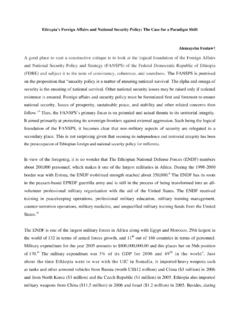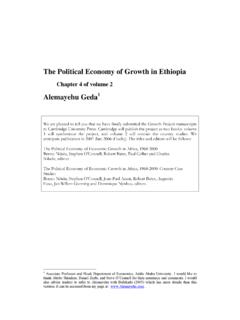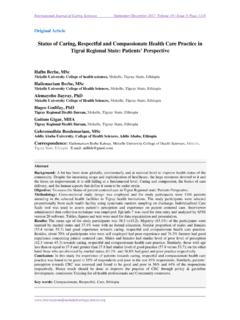Transcription of Minimization of variation in clinker quality
1 Advances in Materials 2013; 2(2) : 23-28 Published online May 30, 2013 ( ) doi: Minimization of variation in clinker quality Fasil alemayehu , Omprakash Sahu Department of Chemical Engineering, KIOT, Wollo University, Kombolcha, Ethiopia Email address: Sahu) To cite this article: Fasil alemayehu , Omprakash Sahu. Minimization of variation in clinker quality . Advances in Materials. Vol. 2, No. 2, 2013, pp. 23-28. doi: Abstract: Cement quality is typically assessed by its compressive strength development in mortar and concrete. The basis for this property is a well-burned clinker with consistent chemical composition and free lime.
2 The main reason for the clinker free lime to change in situation with stable kiln operation is variation in the chemical composition of the kiln feed. This variation in chemical composition is related to raw mix control and the homogenization process. To ensure a constant quality of the product and maintain a stable and continuous operation of the kiln, the attention must be paid to storage and homogenization of raw materials and kiln feed. Due to variations in the kiln feed chemical compositions that affect its burnability and the fuel consumption. The raw materials for Portland cement production are the mixture (as fine powder in the 'Dry process') of minerals containing calcium oxide, silicon oxide, aluminum oxide, ferric oxide, and magnesium oxide.
3 The homogeneity of feed chemical composition has an important relationship to fuel consumption, kiln operation, clinker formation and cement performance. In this regard an attempt made to deals with the mixing of raw materials process and estimation of composition of raw mill feed, kiln feed, as well as formed clinker , which were done successfully through various results obtained experimentally and various steps have been taken to reduce these variations in clinker quality . Keywords: Lime Saturation Factor, Silica Ratio, Alumina Ratio 1. Introduction Portland cement (often referred to as OPC, from Ordinary Portland Cement) is the most common type of cement in general use around the world because it is a basic ingredient of concrete, mortar, stucco and most non-specialty grout.
4 It is a fine powder produced by grinding Portland cement clinker . Portland cement clinker is a hydraulic material which shall consist of at least two-thirds by mass of calcium silicates ( and ), the remainder consisting of aluminium- and iron-containing clinker phases and other compounds. There are three fundamental stages in the production of Portland cement [1]: (a) Preparation of the raw mixture, (b) Production of the clinker , (c) Preparation of the cement The raw materials for Portland cement production are the mixture (as fine powder in the 'Dry process') of minerals containing calcium oxide, silicon oxide, aluminum oxide, ferric oxide, and magnesium oxide.
5 The raw materials are usually quarried from local rocks, which in some places is already practically the desired composition and in other places require addition of the clay and limestone, as well as iron ore, bauxite or recycled materials [2, 3]. The cement clinker is a coarse agglomerate of synthetic materials that is produced by burning a raw meal consisting of a selected mixture of raw materials at very high temperature in a specialized kiln system. The clinker mostly appears as a dusty granular mixture of dark grey/black particles up to 40mm in size.
6 The cement is prepared by grinding the clinker in a coal mill. Recent studies have shown that the cement clinker variations have a greater effect on the workability and strength of cement. The unexpected variations may lead to serious disturbances in production in the form of poor compaction, too low early strength and strand slippages. This is causing increased waste in production of cement and considerable economical losses [4]. The homogeneity of feed chemical composition has an important relationship to fuel consumption, kiln operation, clinker formation and cement performance.
7 Cement quality is typically assessed by its compressive strength development in mortar and concrete [5, 6]. The basis for this property is well-burned clinker with consistent chemical composition and free lime. There are only two reasons for the clinker free lime to change in a situation with stable kiln operation: variation in the chemical composition of the kiln feed or variations in its fineness [7]. variations in fineness depend on possible changes in raw materials or in operation of the raw mill. variation in chemical composition is related 24 Fasil alemayehu et al.
8 : Minimization of variation in clinker quality to raw mix control and the homogenization process. To ensure a constant quality of the product and maintain stable and continuous operation of the kiln, attention must be paid to storage and homogenization of raw materials and kiln feed [8]. Cement quality is typically assessed by its compressive strength development in mortar and concrete. The basis for this property is well-burned clinker with consistent chemical composition and free lime [9]. There are only two reasons for the clinker free lime to change in a situation with stable kiln operation: variation in the chemical composition of the kiln feed or variations in its fineness.
9 variations in fineness depend on possible changes in raw materials or in operation of the raw mill [10]. variation in chemical composition is related to raw mix control and the homogenization process. To ensure a constant quality of the product and maintain stable and continuous operation of the kiln, attention must be paid to storage and homogenization of raw materials and kiln feed [11, 12]. It focuses on to study the role of raw mix composition control and the homogenization process. variations in the kiln feed chemical compositions affect its burnability and eventually the fuel consumption [13].
10 So the calculations done to give a good raw feed composition to the kiln to allow soft burning inside kiln [14-17]. This article is focused on the Minimization of variation of clinker quality by cement modulus. 2. Material and Methods Calculation For a long time cement was manufactured on the basis of practical experience collected from the process of production. When comparing chemical analyses of Portland cement (Feed raw materials and/or clinker ) it was found that certain relations exist between the percentage of lime on the one hand and the combination of silica, alumina and iron oxide on the other.
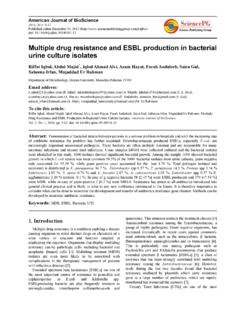
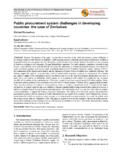
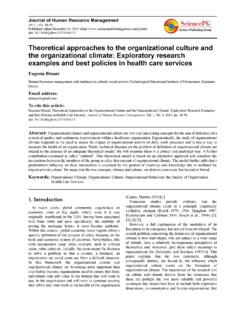
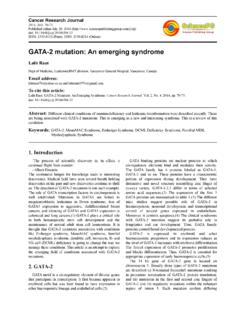
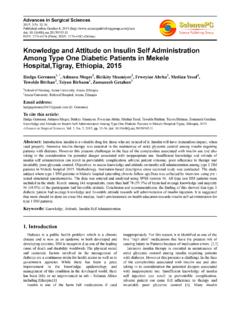
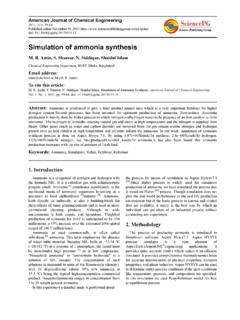
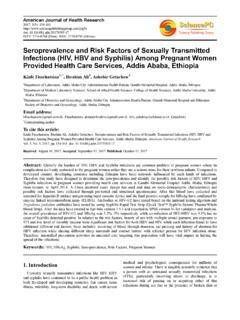
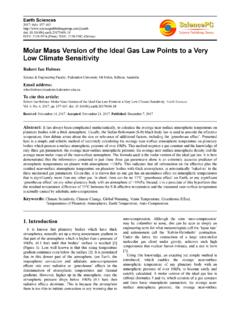
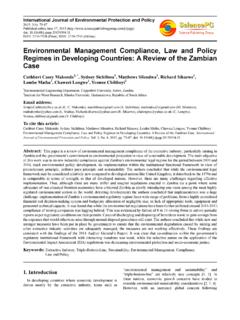
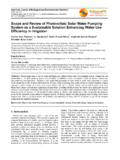
![Curriculum Vitae [1-April-97] - Alemayehu](/cache/preview/8/3/8/4/2/2/5/2/thumb-8384225265b34eac0963e7f7ecd24ea6.jpg)
